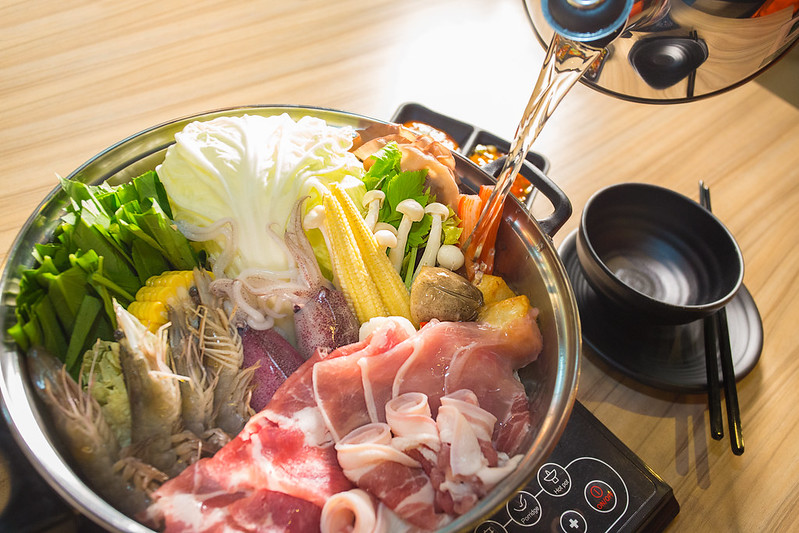
Delectable Dashi
Japan is known for all kinds of delicious soups and stews. The soup stock is an important part of what makes any soup or stew dish exceptionally delicious and dashi is what forms the base.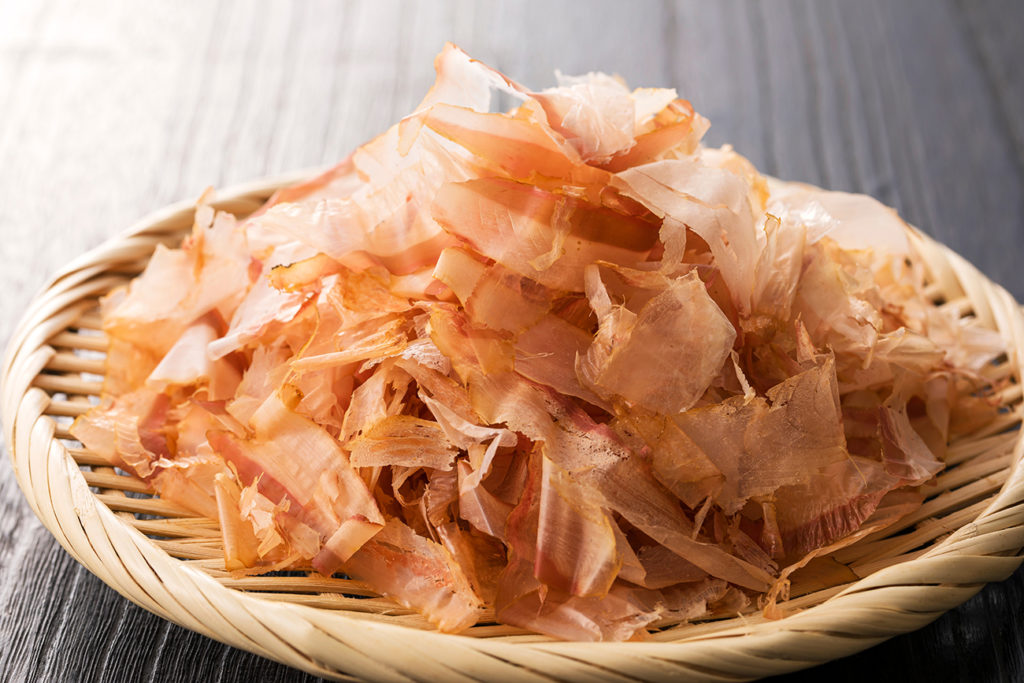
Dashi is a class of cooking stock and soup. It’s most common form is a simple fish stock or broth that is made from heating water with edible kelp (kombu) and shavings of fermented skipjack tuna (katsuobushi). The few ingredients are brought to near-boiling, then the liquid is strained. The result is a unique element of umami, considered to be one of the five basic tastes in Japan. In 1908, Kikunae Ikeda identified the unique, strong flavor of kelp dashi and he attributed this as the umami flavour. This is introduced into dashi from using katsuobushi which is especially high in sodium inosinate, considered to be the source of umami.
Some of the more popular stews and soups are: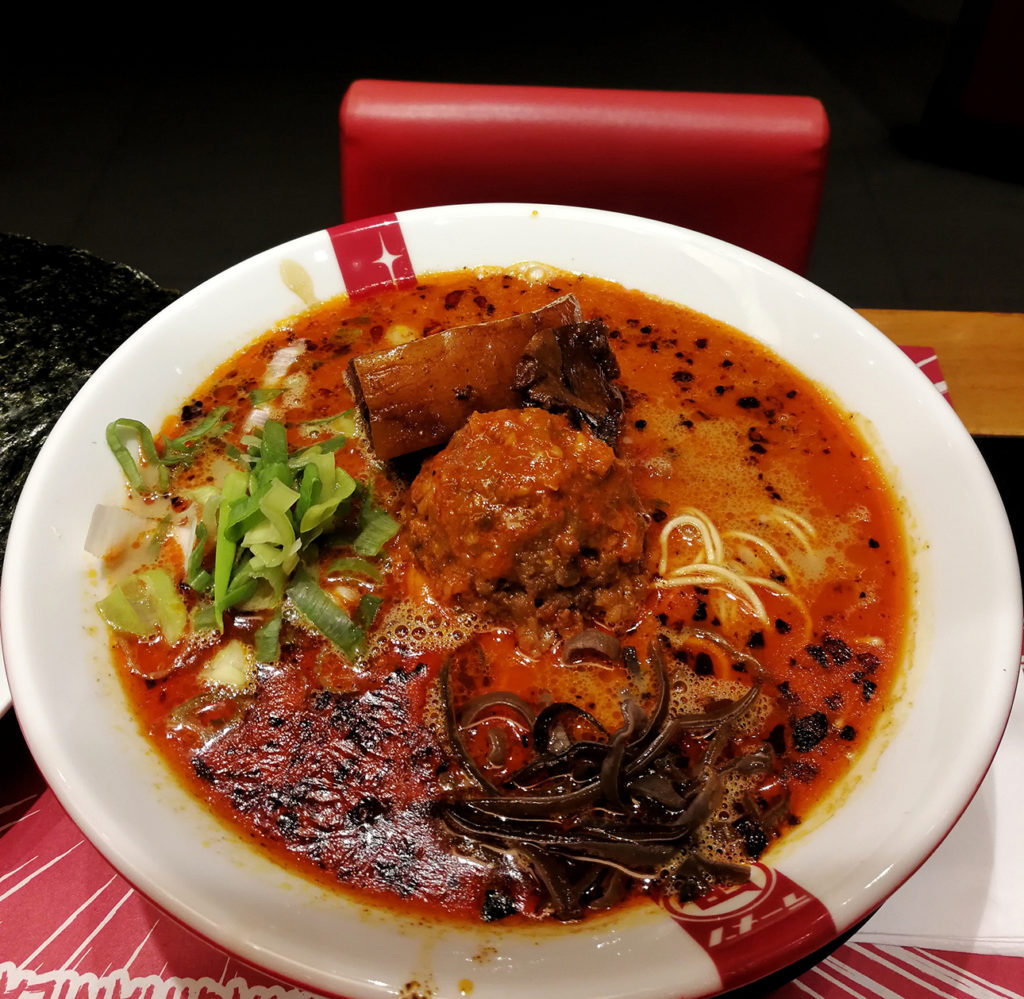
Ramen – a Japanese noodle soup made with Chinese-style wheat noodles, a tasty broth, and toppings. Depending on the type of ramen, it is topped with sliced pork, green onions, or dried seaweed. Originally from China, it was brought to Japan during the Meiji Period.
Miso soup – created by fermenting soybeans with the fungus kōjikin (Aspergillus oryzae), salt, and other ingredients like barley and rice. The outcome of the fermentation process is usually a thick paste used for preparing many traditional Japanese dishes. One Japanese staple is miso soup, rich in vitamins, minerals, and protein.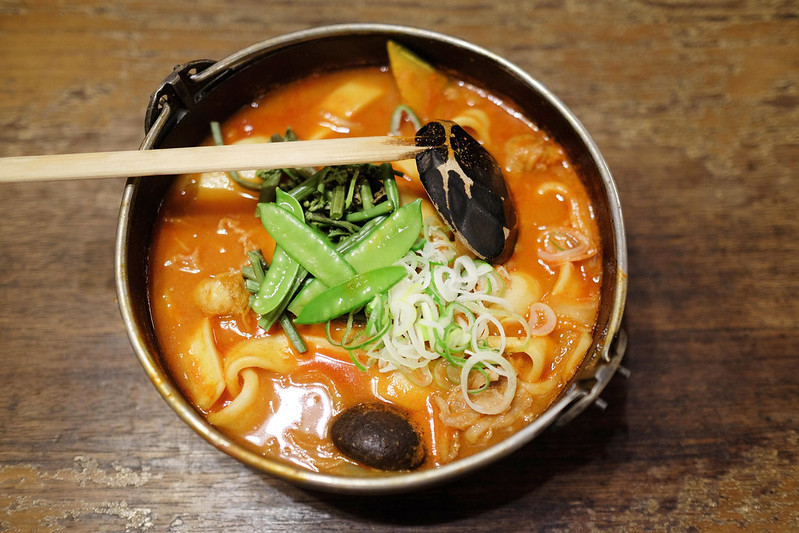
Hōtō – a famous regional dish from Yamanashi Prefecture. Made with stewed, dumpling style noodles, vegetables, and miso soup. It is traditionally made by kneading dough with bare hands in a wooden bowl and stretching it out to dry. The dough is then folded over and over into large pieces with a kitchen knife. Unlike the usual udon noodles, hōtō has a tougher texture of dough due to the amount of gluten, and it is not mixed with salt. Hōtō is boiled along with the other ingredients of the dish, usually dashi (a soup base) made from niboshi (dried baby sardines) and miso soup.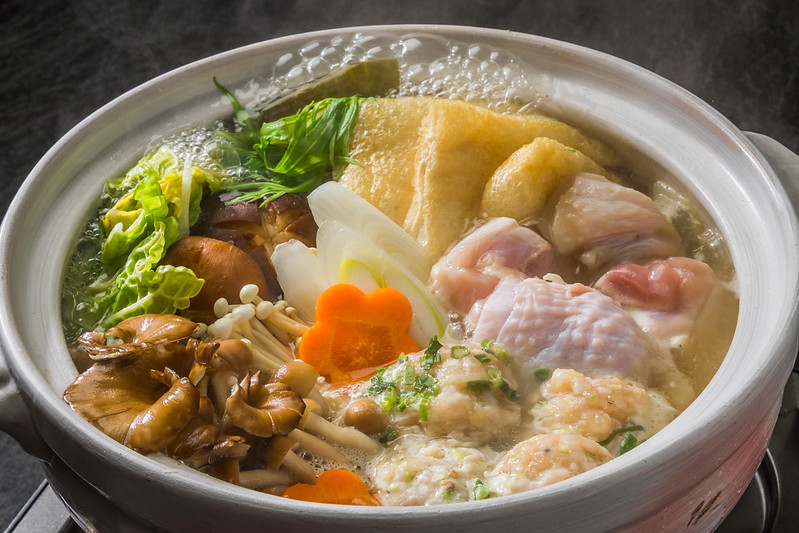
Chankonabe – a type of Japanese hot-pot stew or one-pot dish (nabemono) that is eaten in large amounts by sumo wrestlers as part of a weight-gain diet. The dish consists of chicken broth or dashi soup base with mirin or sake for flavour.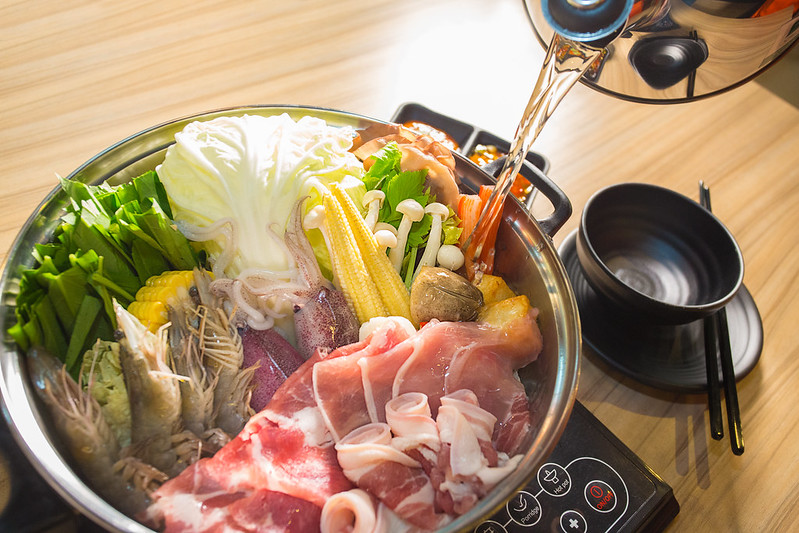
Shabu-shabu – has a special broth made by boiling (for around 30 minutes) at least three inches of sea kelp (kombu). The broth may also have some saki and salt mixed in. Shabu-shabu comes with two types of sauce. Commonly, one sauce is made with sesame paste, soy sauce, fish sauce, vinegar, sugar, water, and fine garlic pieces, while the other sauce is a combination of lime juice, soy sauce, and chopped long green onions.
